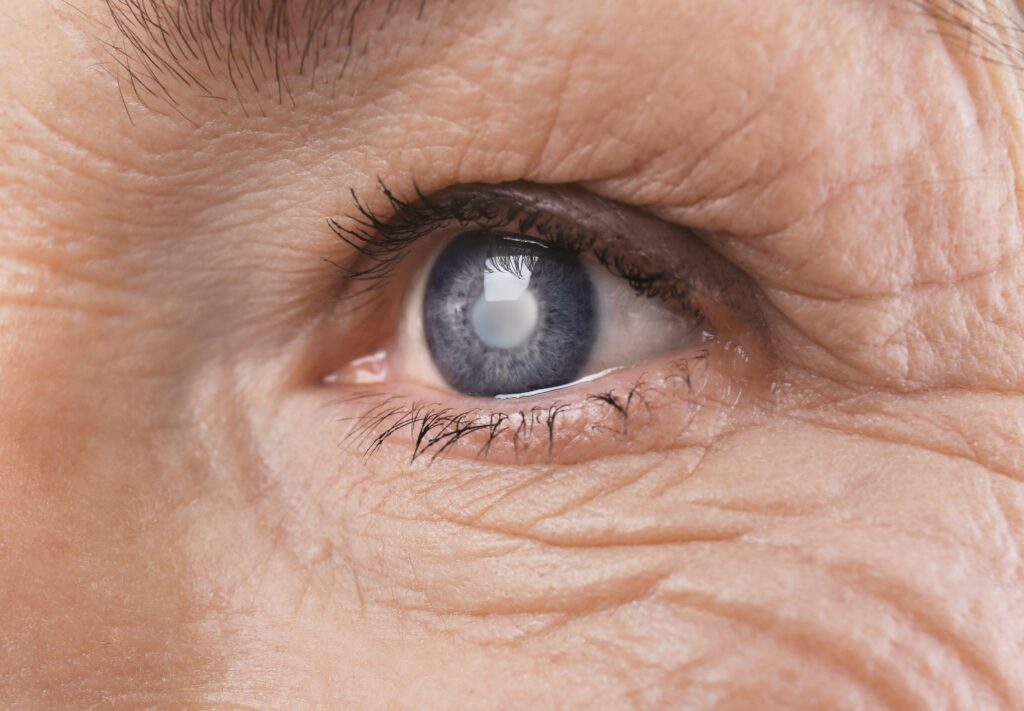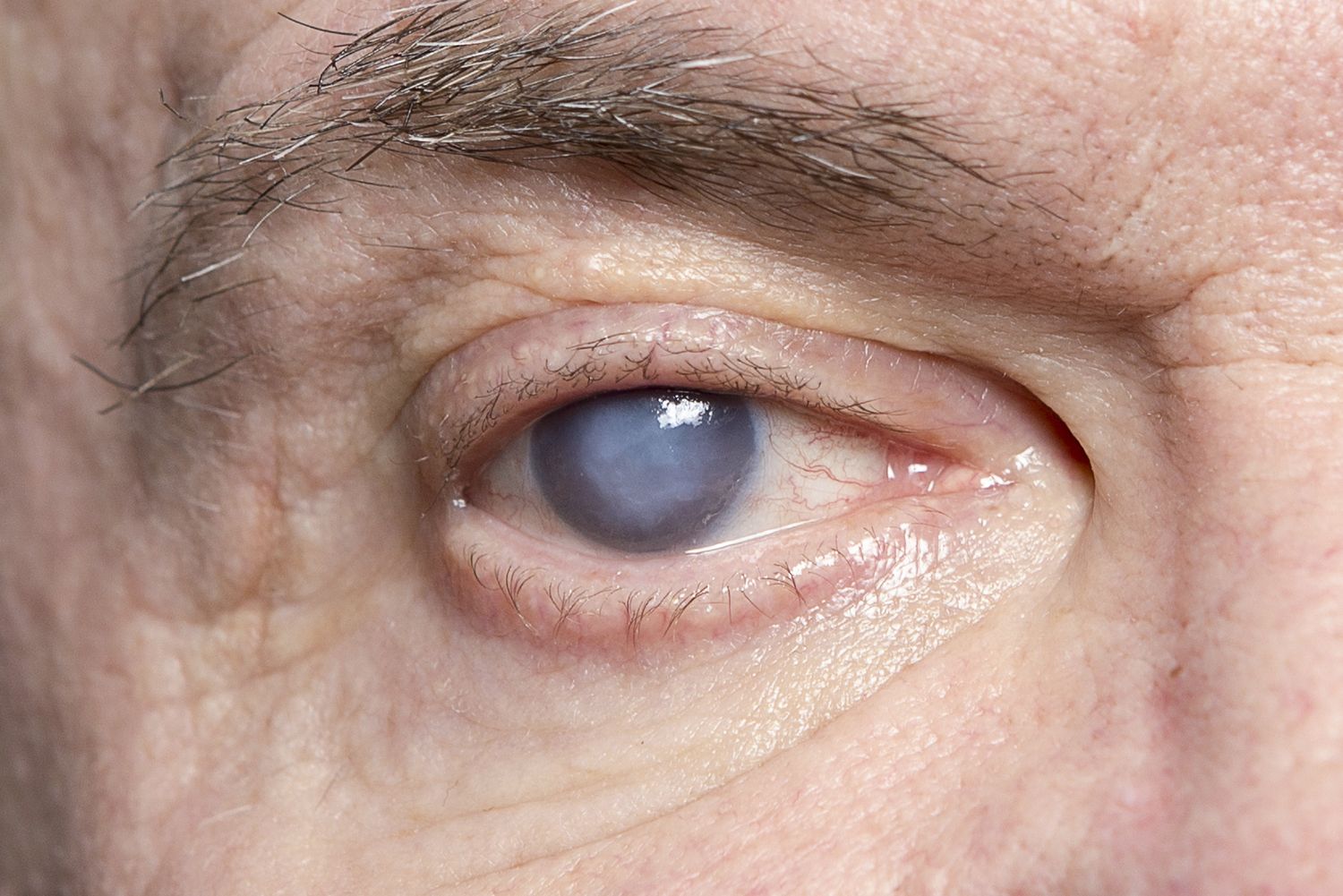Cataracts are a common eye condition that affects millions of people around the world. As we age, our risk for developing cataracts increases, leading to cloudy or blurred vision. The good news is that there are effective treatments available that can help improve your vision and restore clarity. In this article, we will explore what cataracts are, their symptoms, and the various treatment options available today.
Understanding Cataracts
Cataracts develop when the lens of the eye becomes cloudy, which can impact the way we see. The lens is responsible for focusing light onto the retina, and when it is obscured by cataracts, it results in blurry vision. While cataracts are often associated with aging, they can also form due to other factors such as trauma, certain medical conditions, and prolonged use of corticosteroids. In fact, studies have shown that individuals with diabetes are at a higher risk of developing cataracts at an earlier age, emphasizing the importance of managing chronic health conditions to preserve eye health.
With effective catracts treatments like cataract surgery, restoring vision is not just a possibility, but a reality. Take charge of your eye health today and make an appointment to ensure that you continue to enjoy the beauty of the world around you.
It’s important to recognize the early symptoms of cataracts, which can include difficulty seeing at night, sensitivity to light, and the appearance of halos around lights. Regular eye examinations are crucial for detecting cataracts early, allowing for timely treatment to prevent significant vision loss. Eye care professionals often recommend that individuals over the age of 60 have comprehensive eye exams every one to two years, as early detection can lead to better outcomes and more effective management of the condition.

Symptoms of Cataracts
The symptoms of cataracts can be subtle at first but tend to worsen over time. People might notice that colors seem faded and that they struggle with glare from lights, especially when driving at night. Additionally, some individuals may find that their vision improves temporarily when they are in dim lighting but deteriorates in bright environments. This phenomenon can be particularly disconcerting, as it may lead to a reliance on low-light conditions, which can further complicate daily activities.
As cataracts progress, patients often find that over-the-counter reading glasses or contact lenses no longer help, and daily activities become increasingly challenging. If these symptoms sound familiar, it’s crucial to consult an eye care professional to assess your vision and determine the best course of action. Early intervention can include lifestyle modifications, such as using brighter lighting at home or adjusting the settings on electronic devices to reduce glare, which can help manage symptoms until surgical options are considered.
The Impact of Cataracts on Daily Life
Cataracts can significantly affect one’s quality of life. Simple tasks such as reading, watching television, or even navigating familiar environments can become difficult. Many patients report feelings of frustration and isolation as their vision deteriorates. The emotional toll of living with cataracts can also lead to anxiety and depression, particularly if individuals feel they are losing their independence or becoming a burden to loved ones.
Moreover, untreated cataracts can increase the risk of falls and accidents, particularly among older adults. Therefore, addressing cataracts promptly is vital to maintaining a healthy, independent lifestyle. Engaging in support groups or counseling can also provide valuable emotional support for those coping with vision loss, helping individuals share their experiences and learn coping strategies. Additionally, advancements in cataract surgery techniques have made the procedure safer and more effective, allowing many patients to regain their vision and improve their overall quality of life.
Learn more at: Cataract Surgery Canberra
Treatment Options for Cataracts
Fortunately, cataracts are treatable. Depending on the severity of the condition, an eye doctor might recommend various approaches to restore vision. Early-stage cataracts may be managed with regular monitoring and corrective lenses, while more advanced cases often require surgical intervention.
Cataract surgery is one of the most common and safe surgical procedures performed worldwide. This outpatient surgery typically involves the removal of the cloudy lens and replacement with an artificial intraocular lens (IOL), which can greatly improve vision. The decision to proceed with surgery often depends on how much the cataracts are affecting a patient’s daily life, such as their ability to read, drive, or engage in other activities they enjoy.
Understanding Cataract Surgery
Cataract surgery is usually a quick procedure, generally lasting less than an hour. Patients are given anesthesia to ensure comfort during the operation. The surgeon will create a small incision in the eye to remove the cloudy lens and insert the IOL. Most patients experience significant improvements in their vision shortly after the procedure, making it a highly effective treatment. Additionally, advancements in surgical techniques, such as phacoemulsification, allow for smaller incisions and quicker recovery times, further enhancing the overall experience for patients. Read more about incision on https://www.incision.care/
Recovery from cataract surgery is typically swift. Most people can return to their normal activities within a few days, although it’s essential to follow post-operative care instructions to ensure the best healing process. Patients are often advised to avoid strenuous activities and to wear protective eyewear during the initial recovery phase. Regular follow-up appointments are crucial to monitor healing and to address any concerns that may arise during the recovery period.
Types of Intraocular Lenses (IOLs)
There are various types of intraocular lenses available, tailored to meet different vision needs. Traditional monofocal lenses provide clear vision at one distance, whether it’s near or far, while multifocal and accommodating lenses allow for functional vision at multiple distances, reducing the need for glasses. Some advanced IOLs even incorporate technology to reduce glare and halos, which can be particularly beneficial for those who drive at night or engage in activities requiring precise vision.
Each type of IOL has its advantages and specific considerations, so it’s important to discuss the options with your eye care provider to determine the best fit for your lifestyle and vision requirements. Factors such as age, lifestyle, and any pre-existing eye conditions can influence the choice of lens. Furthermore, many patients find it helpful to speak with others who have undergone the procedure to gain insights into their experiences and outcomes, which can aid in making an informed decision about their treatment plan.

Postoperative Care and Expectations
After your cataract surgery, it’s essential to adhere to your doctor’s instructions for postoperative care. This typically includes using prescribed eye drops to prevent infection and inflammation, avoiding strenuous activities, and wearing sunglasses outdoors to shield your eyes from bright light. These precautions are vital not only for your immediate recovery but also for the long-term health of your eyes. It’s important to remember that your eyes have undergone a significant procedure, and giving them the time and care they need will ensure the best possible outcome.
It’s natural to have some blurry or fluctuating vision in the days immediately following surgery. However, as your eyes heal and adjust to the new lens, you should experience improved clarity. Many patients report a gradual improvement in their vision over the first few weeks, with colors appearing more vibrant and details becoming sharper. Regular follow-up appointments with your eye doctor will help monitor your recovery and address any concerns you may have. These visits are crucial for assessing the healing process and making any necessary adjustments to your treatment plan. Click here to find more about vibrant.
Additional Resources and Support
For those navigating cataracts, numerous resources are available, including support groups and educational materials. Engaging with others who have experienced similar challenges can provide emotional support and practical tips. Many find comfort in sharing their stories and learning from the experiences of others, which can help alleviate anxiety and foster a sense of community. Local hospitals and eye clinics often host informational sessions or workshops, which can be a great way to connect with others and gain insights into managing your recovery.
Online forums and organizations dedicated to eye health often offer valuable information regarding the latest treatments and advancements in cataract care. Don’t hesitate to seek out these resources to empower yourself with knowledge. Websites from reputable organizations, such as the American Academy of Ophthalmology, provide comprehensive guides on what to expect post-surgery, as well as tips for maintaining eye health. Additionally, many platforms offer webinars and Q&A sessions with specialists, allowing you to ask questions and gain further clarity on your recovery journey. Engaging with these resources can enhance your understanding and confidence as you navigate your postoperative care.
Conclusion
Cataracts can profoundly affect vision and overall quality of life. However, understanding the condition and the available treatment options can make a significant difference. If you or a loved one are experiencing symptoms of cataracts, it’s crucial to consult an eye care professional to discuss the appropriate steps to take.
